Before talking about how to create a product engineering culture, we need to align what Product Engineering is (for a software engineer) and mainly what culture is (or at least what I’m calling culture).
Product Engineering is a process that places our user as the “product” protagonist for the product we are developing. We seek to understand the friction points to prioritize what needs to be done (not just what we want). Generally, product engineers are passionate about using technology to solve problems and know how to apply it to solve problems in the short, medium, and long term, starting simply (we can also call it MVP) and connecting with the long-term strategy. Read more here!
Culture is the set of knowledge, customs, traditions, and expressions transmitted from generation to generation by a group of people, the way these people face the world and interact.
What is Product Engineering Culture
It’s an approach to developing high-quality, cost-effective products involving best engineering practices, creativity, and collaboration. This culture focuses on making products more profitable and successful in their lifetime. This includes using performance analysis, risk analysis, market research, and design processes to create products that meet customer needs. It also encourages innovation, the pursuit of excellence, and a long-term mindset. To ensure the product’s success, the culture encourages collaboration between the people involved in the process. For example, engineering people work closely with people in marketing, sales, etc., intending to develop a better product to meet customer needs. This collaboration is essential for the product’s success and to ensure that the product is evolving with the customers’ needs, not the managers’ guesswork.
The product engineering culture also works with a broader scope of business perspectives. For example, consider the product maintenance and upgrade process, the production cost, and the return on investment. Using these resources to gain insight into improving product performance, product engineering professionals can create efficient and profitable solutions to any problem.
The key aspect of a product engineering culture is the focus on collaboration and communication. This involves regular meetings and check-ins to ensure all team members are on the same page, using tools and technologies to facilitate collaboration and communication (regardless of each team member’s location) – without a doubt. Agile methodologies will help a lot and will ensure the recurrence of communication. In summary, a product engineering culture is designated to delivering high-quality products that satisfy customer needs, a commitment to collaboration, communication, and continuous improvement. By fostering this culture, organizations can create a positive and productive work environment that allows the highest innovation and success.
How to Create a Product Engineering Culture?
Regardless of the culture you want or need to create is an arduous and continuous process and takes time – culture will not be created overnight – when you get tired of talking about culture, it will be the moment that people start to understand the first item of culture, this means that leaders must constantly invest a lot of time to talk about culture and train new “culture keepers”. The key to successful culture creation is an ongoing dialogue involving people in the process and consistency in practice. I describe below how I have been building this culture at Buser:
-> Develop software by collecting metrics from your users. It’s common to be anxious (hurried) to get a new product feature live, but don’t fall into the trap of putting it into production without collecting useful new feature metrics. Having the metrics, we can prioritize the evolution of the resource or even discontinue it.
-> Always seek to know your user. The more you know your customer, the better it is (have empathy). Interviews, discoveries, and so on are essential to connect with them – it is common for people who do not know the product not to like “discovery” because they have had experience with the discovery that takes days and days, do not create prejudice with your bad experiences before studying about discovery.
-> Know the data you are capturing. You must be the person who knows the most about the data you are capturing from your customer (even if it is a “simple” click on the XYZ button).
-> Seek to use data as your guide. Being a “data drive” is not easy at all (especially for those who are starting), so start using the data as a validator of your “feeling”*, but try to have reliable data, so you can leave feeling aside and use the real data.
-> Invest a lot of time in improving communication. Having clear and concise communication is not easy – the biggest problem for companies is communication gaps. If the whole team is not going on the same side, we will have a tug of war, wasting energy on unnecessary matters.
-> Connect engineering people with the business. We will be better engineers when we can understand the company’s business. Stimulate and give your engineering team time to understand the business, and if possible, encourage them to become users of the product you develop.
-> Understand all costs involved. Have control of the cost that your product generates, so you can estimate how much the new feature will cost and understand if it is worth the investment. Example: the cost of the team is BRL 100,000/month, the new feature will add BRL 10,000/month, and you need ten months of billing (after the new feature goes live) to “recoup the investment”. I’m not saying not to “take risks” in resource development, but to understand if there is no other resource that can have more ROI (return on investment).
-> Be open to feedback. The best way to improve culture is by listening to the people who will experience it daily. Ask for their feedback on everything, encouraging collaboration and open dialogue – this will make people feel part of defining the culture, thus forming faithful gatekeepers.
-> Develop and encourage leadership. Identify good leaders among your employees, and encourage and train them to replicate a healthy culture.
-> Create opportunities for collaboration. Create opportunities for people to work together on exciting projects – encouraging collaboration creates a productive and successful work environment.
*The content of this article is the author’s responsibility and does not necessarily reflect the opinion of iMasters.


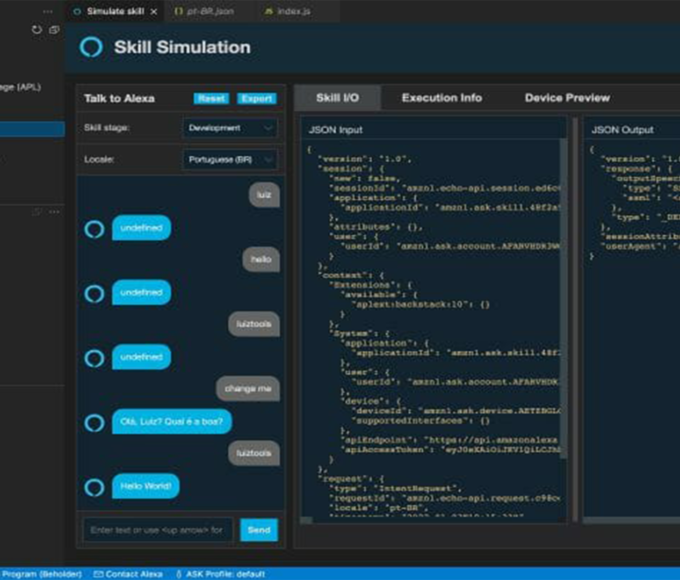





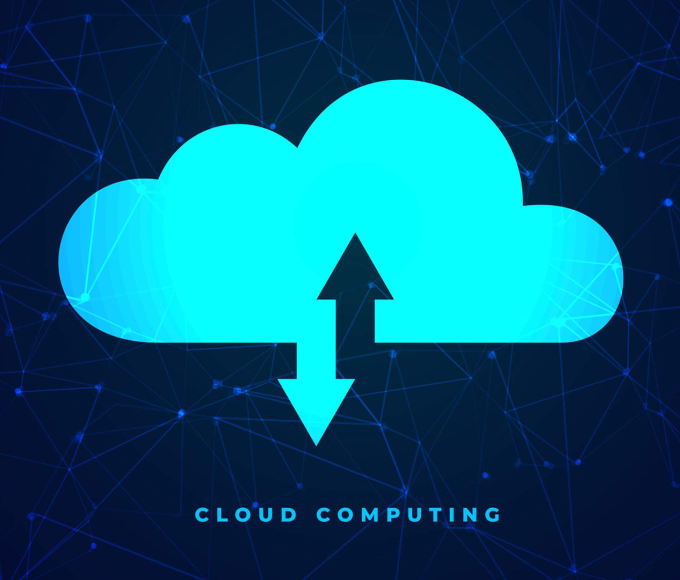
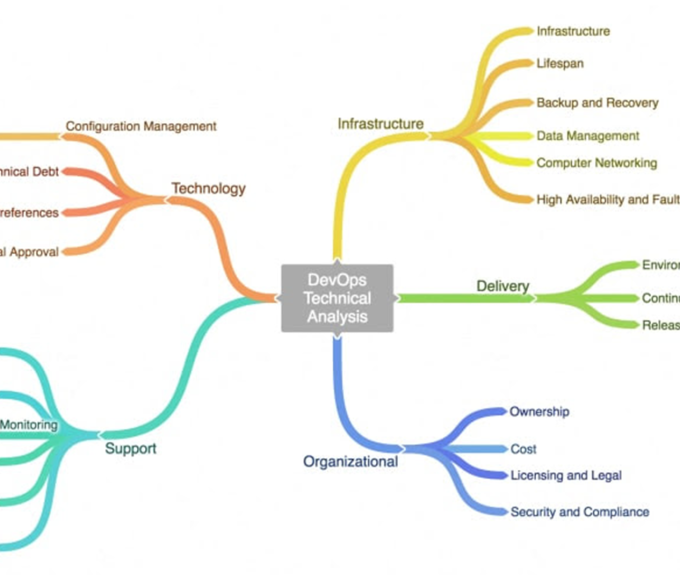




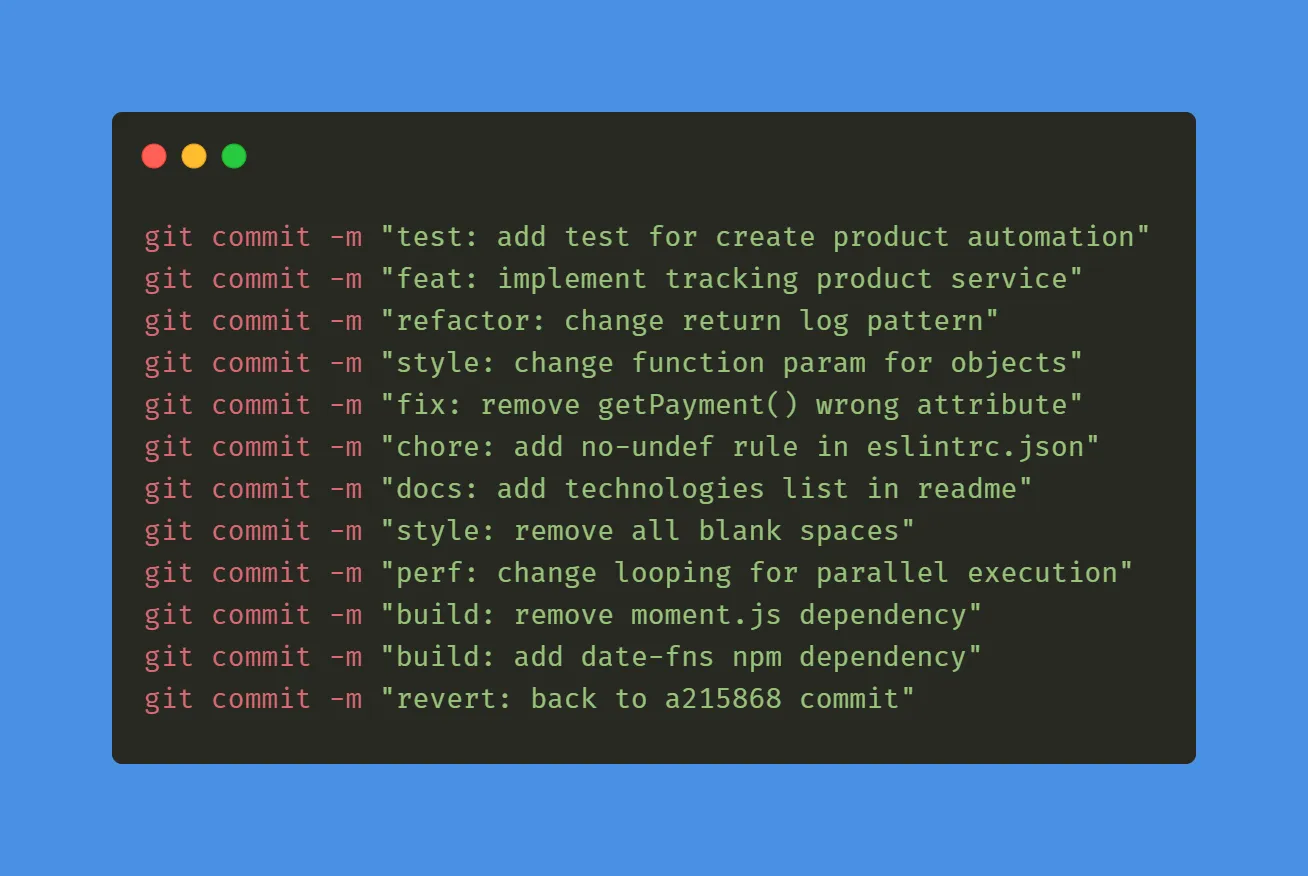








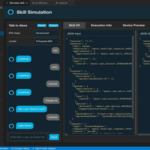







Leave a comment